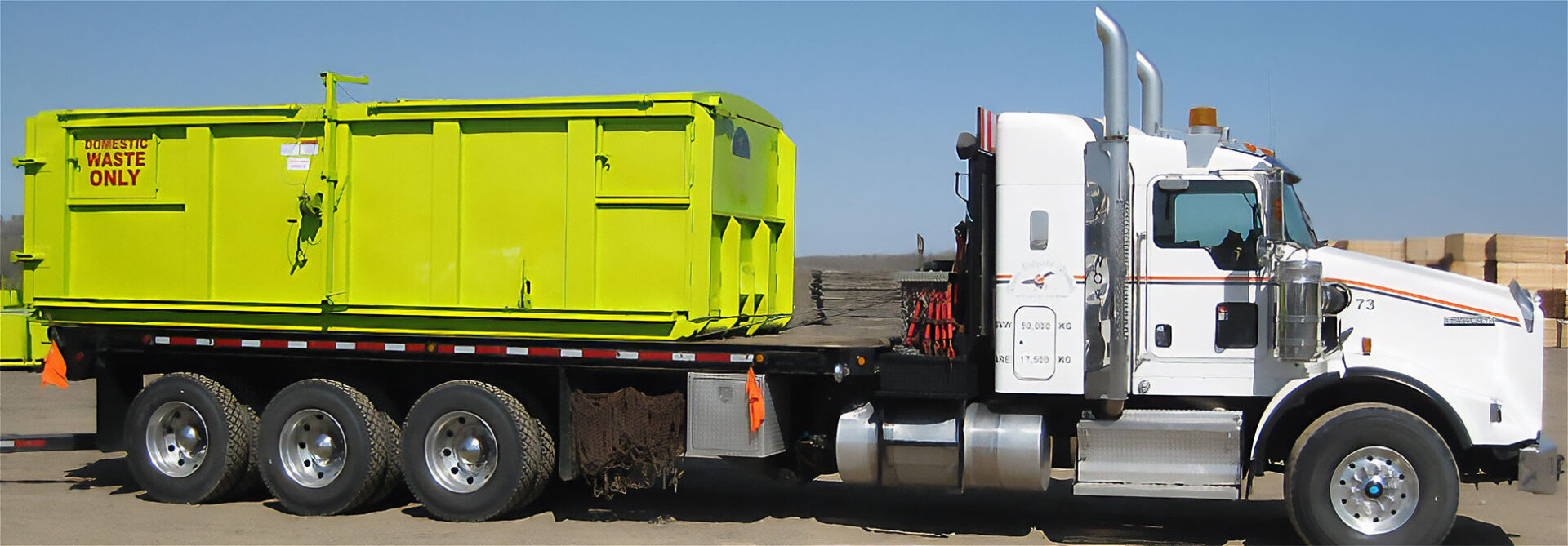Superior Oilfield pipeline equipment rentals vs owning machines: pros and cons
All Concerning Oil Field Equipment and Pipeline Equipment: Key Insights and Important Information
Oil field equipment and pipeline systems play a pivotal function in the oil and gas market. They are important for the reliable extraction and transport of hydrocarbons. Secret elements, such as drilling rigs and storage space tanks, directly effect operational success. On the other hand, improvements in modern technology assurance to enhance safety and effectiveness. Comprehending these elements is crucial for anyone associated with or curious about this intricate sector, as it establishes the phase for much deeper exploration of industry techniques.

Summary of Oil Field Equipment
As the need for oil proceeds to expand, understanding the equipment utilized in oil areas becomes increasingly important. Oil field equipment incorporates a vast variety of machinery and devices essential for exploration, removal, and handling. Key elements include piercing rigs, which are essential for getting to oil storage tanks, and production tools, such as separators and pumps, that promote the removal process. Superior Oilfield Rentals. In addition, storage space containers play a considerable duty in holding petroleum before transportation. Safety devices, consisting of blowout preventers and pressure evaluates, guarantees functional security and performance. Each piece of equipment functions cohesively to optimize manufacturing and preserve reliable workflow. Experience with this devices is very important for experts in the market to guarantee effective operations and adherence to safety and security standards
Types of Drilling Rigs and Their Applications
Drilling rigs function as the backbone of oil extraction operations, with different types made for certain geological conditions and functional requirements. One of the most typical kinds consist of rotary boring rigs, which use a rotating drill bit to penetrate the earth, and cord tool rigs, understood for their percussion boring method. For overseas procedures, jack-up rigs and semi-submersible rigs give stability and assistance in marine atmospheres. Additionally, directional boring rigs make it possible for operators to drill at angles, reaching deposits that are not up and down accessible. Each gear kind has unique advantages, enhancing efficiency and security based on the drilling atmosphere. Picking the suitable rig is necessary for making the most of resource extraction while lessening environmental effect and operational costs.

Crucial Pipeline Equipment and Their Features
Pipeline infrastructure is vital for the transport of oil and gas from extraction sites to processing facilities and end-users. Different important equipment parts facilitate this process. Pipes themselves serve as the key avenues, made to endure high pressure and corrosive substances. Pump terminals are crucial for preserving circulation by enhancing pressure along the pipeline. Shutoffs play a vital function in managing circulation and isolating sections for maintenance. Furthermore, fittings and connectors assure secure joints in between pipeline areas. Keeping an eye on systems, consisting of flow meters and pressure sensors, are essential for finding leakages and maximizing flow rates. Pigging equipment is utilized for upkeep and cleansing, safeguarding pipeline honesty and efficiency. Together, these parts develop the backbone of a reputable pipeline system.
Advancements and Technologies in Oil and Gas Equipment

Safety And Security and Maintenance Practices in the Oil Market
While the oil market has made significant strides in innovation and performance, the value of robust safety and security and upkeep practices can not be overemphasized. Effective Continue safety and security methods are important to protect workers and the environment, reducing the risk of crashes and spills. Normal inspections and upkeep of tools help determine possible problems before they rise, making certain operational integrity. Educating programs for employees are essential, stressing the significance of safety awareness and emergency situation response procedures. Additionally, adherence to industry policies and requirements cultivates a society of safety and security. Carrying out advanced tracking technologies can further boost maintenance methods, enabling for real-time evaluations of tools problems. Ultimately, prioritizing safety and security and maintenance is essential to the sustainability and learn the facts here now success of the oil market.
Frequently Asked Questions
What Are the Environmental Effects of Oil Field Equipment?
The environmental influences of oil field equipment include environment damage, water contamination, and air contamination (Superior Oilfield Rentals). Furthermore, tools malfunction can result in spills, adversely affecting wild animals and ecological communities, highlighting the requirement for strict guidelines and monitoring
How Is Oil Field Equipment Transferred to Remote Locations?
Moving oil field equipment to remote areas typically includes specific cars, helicopters, or barges. Logistics business coordinate paths, making certain equipment arrives safely and effectively, thinking about terrain and ease of access to decrease hold-ups and make the most of efficiency.
What Regulatory Criteria Govern Oil Field Equipment?
Governing requirements governing oil field equipment largely consist of security, environmental management, and operational performance standards. Agencies such as OSHA and EPA implement these laws to guarantee risk-free methods and lessen environmental impact in oil extraction procedures.
What Abilities Are Needed to Run Oil Field Machinery?

Exactly How Do Oil Costs Impact Equipment Need and Usage?
Oil rates greatly affect devices demand and usage. Greater rates typically result in raised expedition and production activities, driving need for equipment. On the other hand, lower rates may cause lowered procedures and lowered requirement for devices.